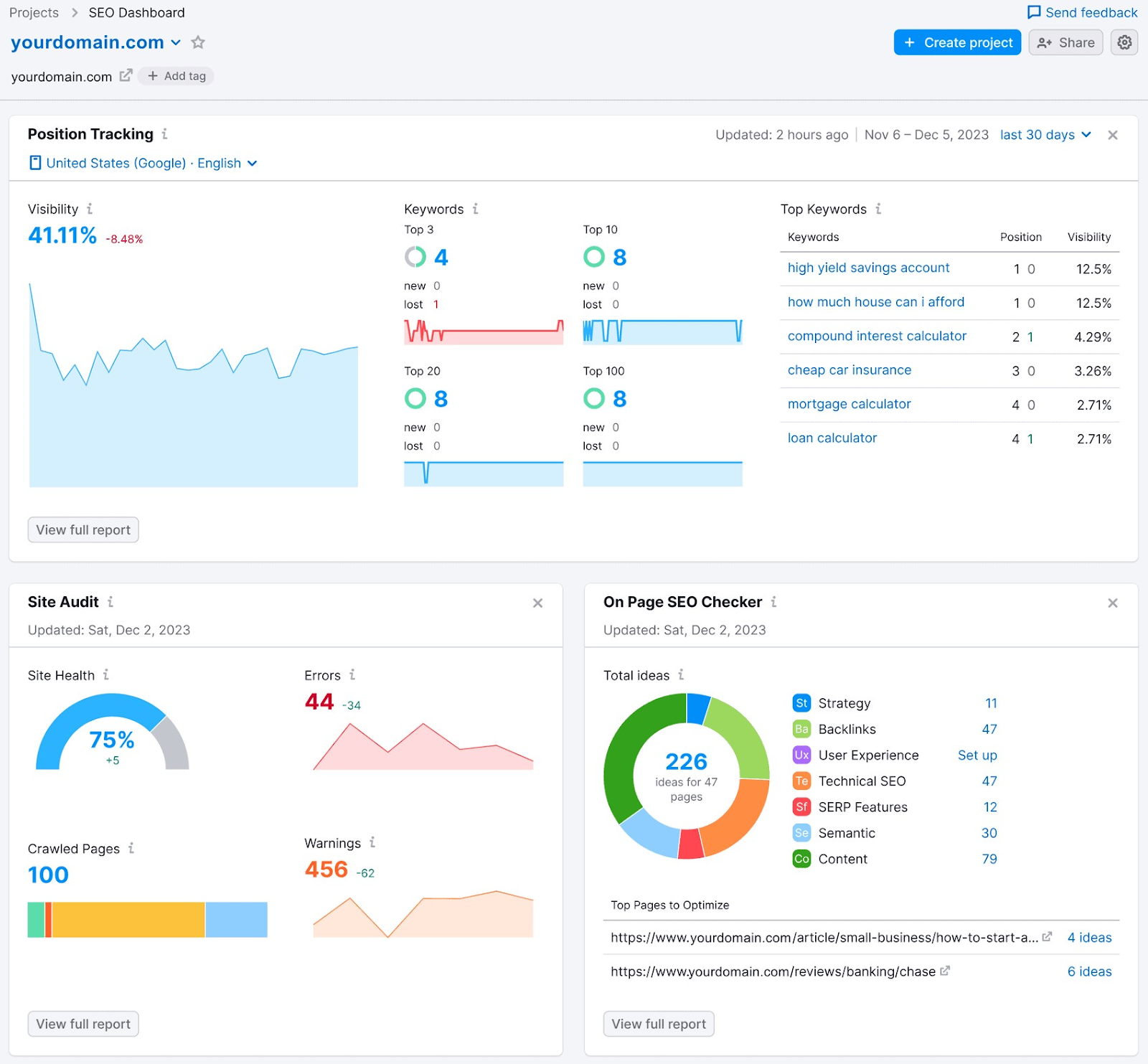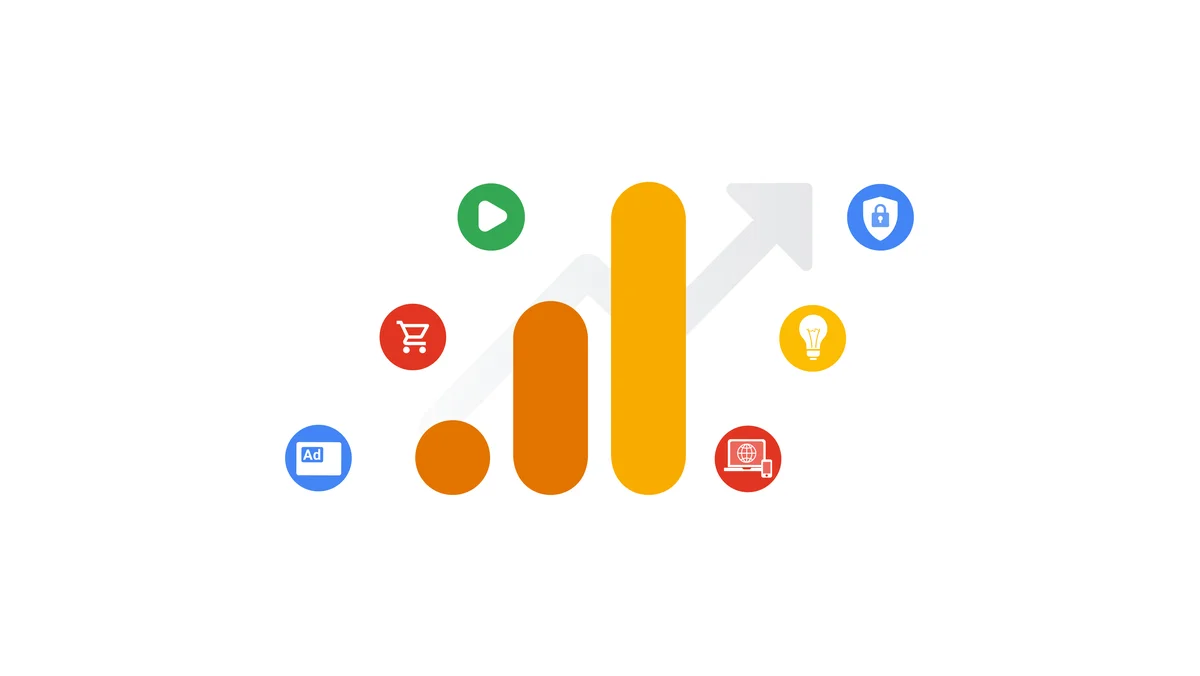A Total Guide to Recognizing When Does the Google Analytics Tracking Code Send an Event Hit to Analytics
A Total Guide to Recognizing When Does the Google Analytics Tracking Code Send an Event Hit to Analytics
Blog Article
Master Internet Site Insights With Accurate Google Analytics Tracking Code
The efficient use of Google Analytics hinges on the exact application of its tracking code, a basic step often forgotten by web site proprietors. What are the typical pitfalls that could threaten your tracking initiatives, and how can you ensure accuracy in your strategy?
Understanding Google Analytics Basics
Google Analytics is a crucial tool for internet site proprietors and online marketers, offering vital insights right into customer behavior and internet site performance. At its core, Google Analytics gathers information about site visitors to a website, enabling individuals to assess metrics such as web traffic resources, user engagement, and conversion prices. Recognizing these fundamentals is vital for enhancing a site's effectiveness and improving customer experience.
The system employs cookies to track interactions, videotaping information such as page sights, session periods, and bounce prices. This details is aggregated and presented with adjustable control panels, making it possible for customers to visualize trends in time. Secret efficiency signs (KPIs) can be checked, such as the total number of users, new versus returning visitors, and the geographic distribution of the audience.
In Addition, Google Analytics offers segmentation features, allowing customers to isolate details traffic resources or customer demographics for even more targeted evaluation. By grasping these fundamental aspects, web site proprietors can make informed decisions about content strategy, marketing campaigns, and total site renovations. Ultimately, understanding Google Analytics essentials is vital for leveraging information to drive growth and achieve business goals successfully.
Establishing Your Tracking Code

Copy the offered tracking code and paste it into the HTML of your site. This makes sure that the tracking code tons prior to any various other material, allowing it to record information accurately.
After setup, confirm that the monitoring code is functioning appropriately by using Google Tag Assistant or the Real-Time reports in Google Analytics - when does the google analytics tracking code send an event hit to analytics?. This action is necessary to verify that your information collection is precise and active, setting the structure for informative evaluation
Usual Monitoring Code Issues
Lots of site proprietors run into common concerns with their Google Analytics tracking code that can prevent data collection and analysis. One prevalent issue is improper installment. This may occur when the monitoring code is placed in the wrong area of the site's HTML, commonly causing missing or insufficient data. Additionally, having several circumstances of the monitoring our website code on a solitary web page can lead to inflated metrics, as user interactions could be counted extra than when.
Another concern occurs from using ad blockers, which can prevent the monitoring code from performing entirely, therefore skewing data. when does the google analytics tracking code this article send an event hit to analytics?. Moreover, failure to set up filters appropriately can bring about the exclusion of vital traffic sources or the incorporation of undesirable referral spam, distorting the information collected
Site owners may also forget the significance of monitoring code updates, specifically when moving to Google Analytics 4 (GA4) from Universal Analytics. Last but not least, inadequate testing before launching modifications can result in unnoticed mistakes in the tracking code, additionally complicating information dependability. Resolving these typical concerns is critical for ensuring exact monitoring and informative analytics.
Analyzing Website Data Successfully
Accurate data collection is just the initial step in leveraging Google Analytics; the genuine value exists in effectively assessing that information to drive educated decision-making. To achieve this, it is important to determine crucial efficiency signs (KPIs) that straighten with your company objectives. Emphasis on metrics such as conversion prices, customer engagement, and website traffic resources, as these will certainly provide insights into individual behavior and the overall efficiency of your site.
Making Use Of Google Analytics' segmentation functions permits a deeper understanding of your audience. By breaking down information into specific demographics, habits, and web traffic networks, you can discover fads go and patterns that educate targeted methods. Carrying out custom reports and control panels can improve this procedure, making it possible for quick accessibility to relevant data.
Moreover, routinely reviewing data trends in time aids to determine anomalies and opportunities for improvement. Use visualization tools to existing information in a conveniently digestible style, facilitating much more efficient interaction with stakeholders. Ultimately, the capacity to evaluate web site information properly encourages organizations to make tactical decisions that improve customer experience, maximize marketing initiatives, and drive development.

Ideal Practices for Accurate Monitoring
Carrying out efficient tracking practices is important for obtaining trusted information in Google Analytics. To guarantee precise monitoring, begin by correctly mounting the Google Analytics tracking code on every page of your website. This can be completed through a tag supervisor or by directly installing the code right into the HTML.
Following, configure your Google Analytics account to exclude inner traffic. This can be done by establishing up filters that recognize and remove check outs from your company's IP address, thus protecting against skewed information. Additionally, use occasion monitoring to check particular user communications, such as downloads or video plays, which basic web page sights might overlook.
Consistently audit your tracking configuration to verify that all attributes, such as goals and ecommerce tracking, are working appropriately. Develop a consistent naming convention for your projects and occasions to facilitate simpler coverage and analysis.
Last but not least, think about leveraging UTM specifications for projects to get understandings into the performance of different advertising efforts. By following these finest practices, you can enhance the accuracy of your information collection and evaluation, ultimately leading to even more enlightened decision-making for your website.
Conclusion
By making sure the tracking code is appropriately positioned and on a regular basis examined, web site owners can catch vital user communication data, hence promoting the recognition of essential efficiency indicators. Ultimately, a durable tracking structure enhances the capability to drive involvement and boost general internet site performance.

Not enough screening before launching changes can result in undiscovered errors in the monitoring code, additionally making complex information reliability.Implementing efficient tracking techniques is important for getting reliable information in Google Analytics. By making sure the tracking code is correctly positioned and consistently investigated, site owners can record important individual communication data, hence assisting in the identification of vital efficiency signs.
Report this page